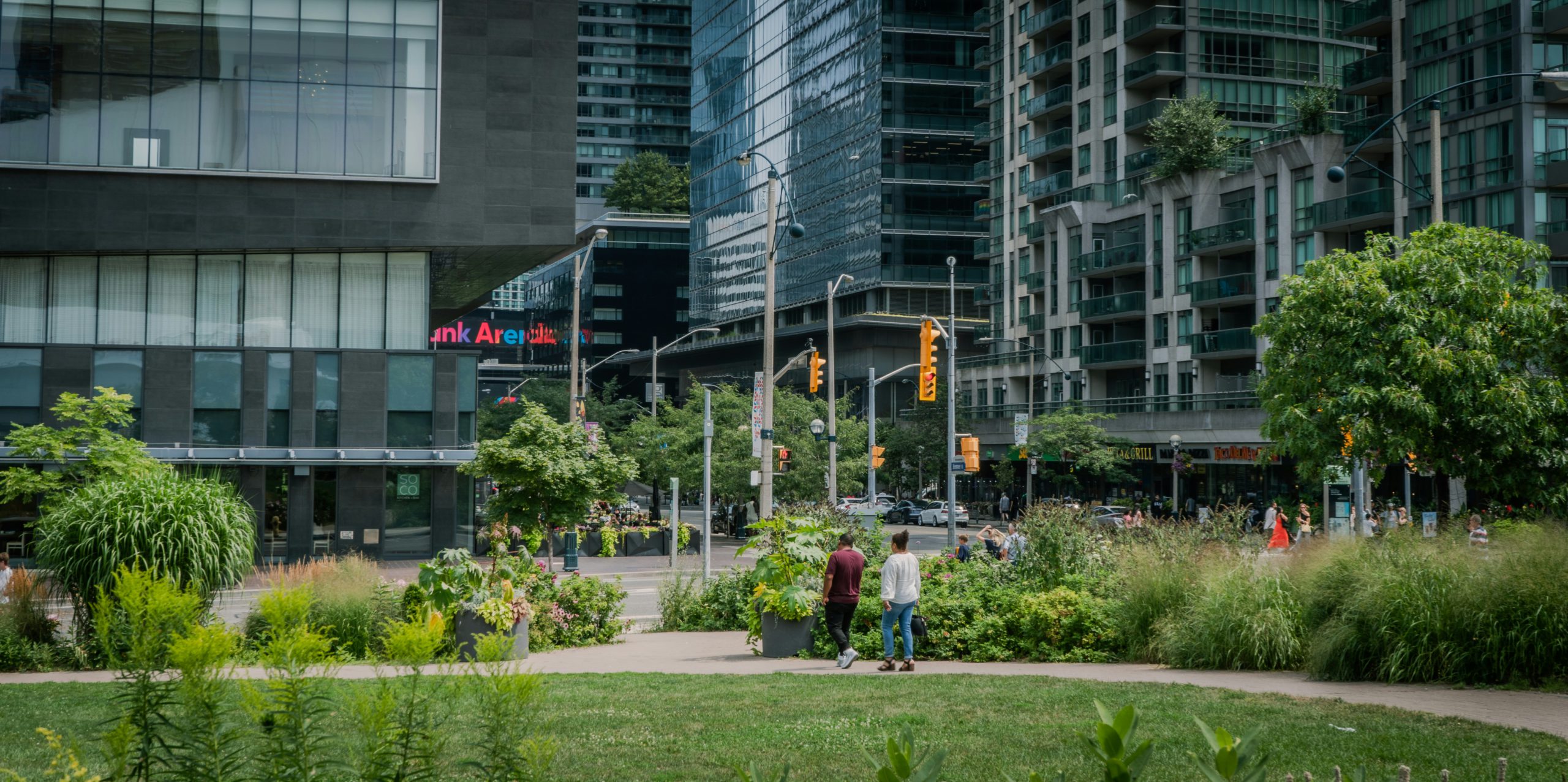On Oct. 8, the City of Toronto will be holding a campus drop-in session at York’s Keele campus from 3–7 p.m. to gather input on a new HousingTO 2020-2030 Action Plan and the Housing Action Plan (2022-2026), which aim to establish access to affordable housing options.
After an initial research and information gathering period over 2023/2024, this next stage of data collection looks to post-secondary students, faculty, and staff for their ideas, experiences, and priorities.
Mayor Olivia Chow has expressed the capability of the academic community to inform new policy.
“I look forward to hearing from students, teachers, and all members of Toronto’s academic community on how we can align with the city’s housing targets and how we can work together to engage the provincial and federal governments to build more homes,” she said.
The city’s outreach includes a 7–10 minute survey available until the end of October and campus drop-in sessions from Oct. 1–9 at other Toronto academic institutions, including Toronto Metropolitan University and the University of Toronto.
Chair of the Planning and Housing Committee, Councillor Gord Perks, believes this collaborative approach will be mutually beneficial.
“Together, we can shape a strong and effective strategy through proactive and inclusive dialogue on post-secondary housing in Toronto,” Perks said.
York recently completed its own housing survey to gauge the needs of its students. After the survey’s completion on Sept. 29, Amal Awini, director of Housing & Conference Services, says the university is now compiling the results.
“Ensuring students have access to housing is critical to attracting and retaining high-quality talent and supporting the social and economic prosperity of communities across the province,” shares Awini.
With recognition of ongoing housing struggles, York “offers a mix of residence options on [its] three campuses: from dorms and suite-style rooms to full apartments.”
Following several years of bed shortages, this year York actually has a number of residences with available space.
Awini attributes this change to the international students’ intake cap imposed this year by the Ministry of Immigration, Refugees and Citizenship, and the proceeding decline in international student enrolment.
The Ontario Ministry for Colleges and Universities said it would “guarantee that housing options are available for incoming international students.”
At York, “first year students within Canada or internationally are guaranteed a space within residence for the next fall term if they apply by their respective deadlines — May 1 for international students, June 1 for domestic,” says Awini.
However, available spaces are limited. Upper years may have to look off-campus for accommodations.
Both international and domestic students’ input is integral to informing the housing strategy. The city’s projected timeline aims to compile and analyze the data gathered from drop-ins and the survey starting this winter. A draft of the Academic Housing Strategy may come as early as 2025.
For now, York is pleased to be involved in the Housing Action Plan and encourages students to share their experiences with the city. Each year, finding and securing housing in Toronto is becoming increasingly challenging for the post-secondary community. Starting with student perspectives and experiences is the first step on a long road to establishing a plan for affordable and accessible housing.


